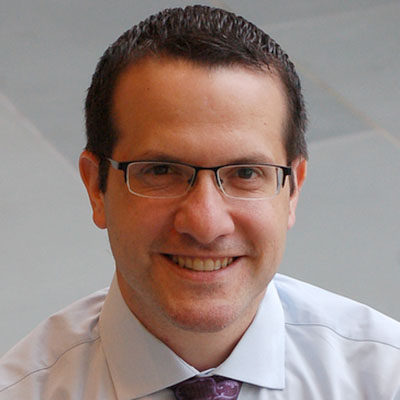I was a Robert Wood Johnson Clinical Scholar, so I can’t help but feel a bit of pride when I see another fellow pulling off some great research. John Hollingsworth, M.D., M.S., a Robert Wood Johnson Clinical Scholar at the U-M Medical School, published this bit of work in Health Affairs:
Many physicians confronting declining reimbursement from insurers have invested in ambulatory surgery centers, where they perform outpatient surgical and diagnostic procedures. An ownership stake entitles physicians to a share of the facility’s profits from self-referrals. This arrangement can create a potential conflict of interest between physicians’ financial incentives and patients’ clinical needs. Our analysis of Florida data for five common procedures revealed a significant association between physician-ownership and higher surgical volume. Possible remedies include revising federal law to require disclosure of investment arrangements; reducing facility payments to dilute ownership incentives; and reforms (such as accountable care organizations) that discourage an excessive rate of procedures.
And in describing the work in more detail:
The study looked at all patients in Florida who underwent one of five common outpatient procedures: carpal tunnel release, cataract excision, colonoscopy, knee arthroscopy and myringotomy with tympanostomy tube placement (a procedure to insert tubes in the ear).
The researchers determined which doctors were owners of a surgery center. They then compared surgery use among owners in two time periods—before and after they acquired ownership—with that of physicians who remained non-owners.
Results of the study appear in the April issue of Health Affairs. The findings include:
- Owners operated on an average of twice as many patients as non-owners.
- While caseloads increased overall between the earlier and later time periods for all physicians, the increases were more rapid and dramatic among owners.
The number of surgery centers has increased nearly 50 percent over the last decade, largely driven by the investment of physicians, who had a stake in 83 percent of these facilities. For doctors, investment may give them more control over their practice environment, from scheduling cases to purchasing surgical equipment. For patients, these centers often have shorter wait times than hospitals and may provide more amenities.
When they are incentivized to make more money, people – even doctors – are likely to do things that will pay more. That’s not a moral judgment, but it’s true. It’s the reason that 25 cent coupons work.
It’s not illegal, but is this a good idea?


